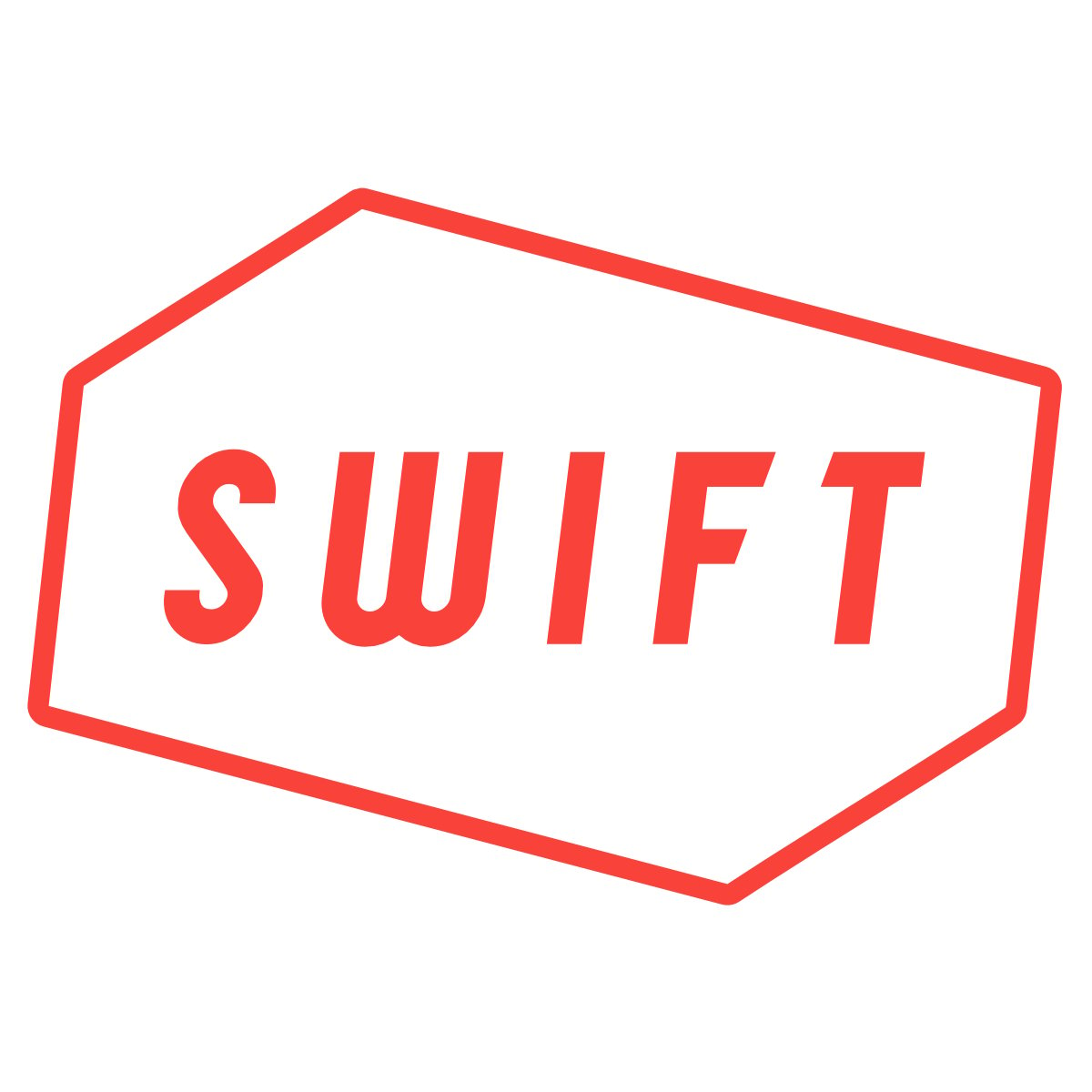24.1
Hand Speed (max)
7/26/23
Rankings available to Premium Subscriber
Rankings available to Premium Subscriber






To unlock contact information, you need to purchase a ScoutPLUS subscription.
Purchase Subscription
Positional Profile: C/RHP
Body: 5-8, 165-pounds. Strong/compact build.
Delivery: From the stretch, starts with the back leg preset and closed off. Up tempo delivery, strong frontside, with intent.
Arm Action: RH. Long, loose and clean.
FB: T88, 86-88 mph. Life, with run at times. T2107, 2053 average rpm.
SL: 70-72 mph. Downer action. T2194, 2078 average rpm.
CH: 79-81 mph. Straight fade. T1722, 1659 average rpm.
ATH: 7.37 runner in the 60.
Positional Profile: C/RHP
Body: 5-8, 165-pounds. Strong/compact build.
Hit: RHH. Balanced, athletic stance. Hands locked in position, smooth weight transfer. Explosive lower half, generates hard contact to all fields. 68 mph bat speed with 22 G�s of rotational acceleration.
Power: 91 max exit velocity, averaged 84 mph. 268' max distance.
Arm: RH. C-83 mph. Compact, strong throws.
Defense: 1.93-2.03 pop times. Stays low/athletic through throws.
ATH: 7.37 runner in the 60.
Rosado is a strong and compact athlete at 5-foot-7, 155-pounds. Ran the 60 yard dash in 7.21 seconds while recording a top exit velo of 86 MPH. Starts at the plate in a tall and open stance. Smooth weight transfer. Minimal movement in the hands pre-pitch. Strong through the zone, worked line drives to all fields. Quick hands gives him an advantage on inside pitches. Behind the dish, recorded pop times ranging from 1.96-2.00 seconds, with a top velo of 80 MPH on throws. Stays athletic through throws, feet stay in line with his target. Short, compact arm action. On the mound, Rosado sets up tall on the first base side of the rubber. Works both halves in sync. Maintains his rhythm throughout. Long and loose arm, works quick. FB sat in the 85-86 MPH range. SL was a plus pitch, 2-plane action with swing and miss potential at 70-71 MPH. CH with some run and fade at 75-76 MPH.